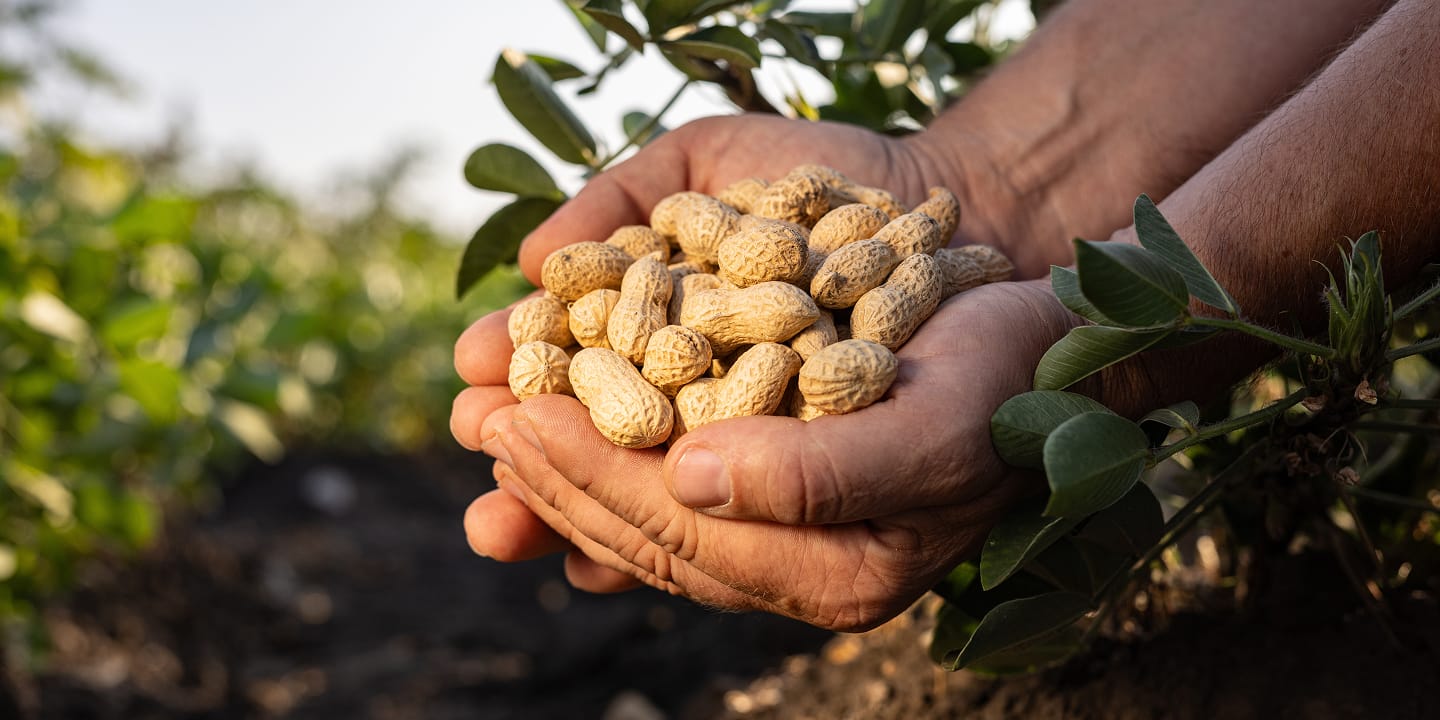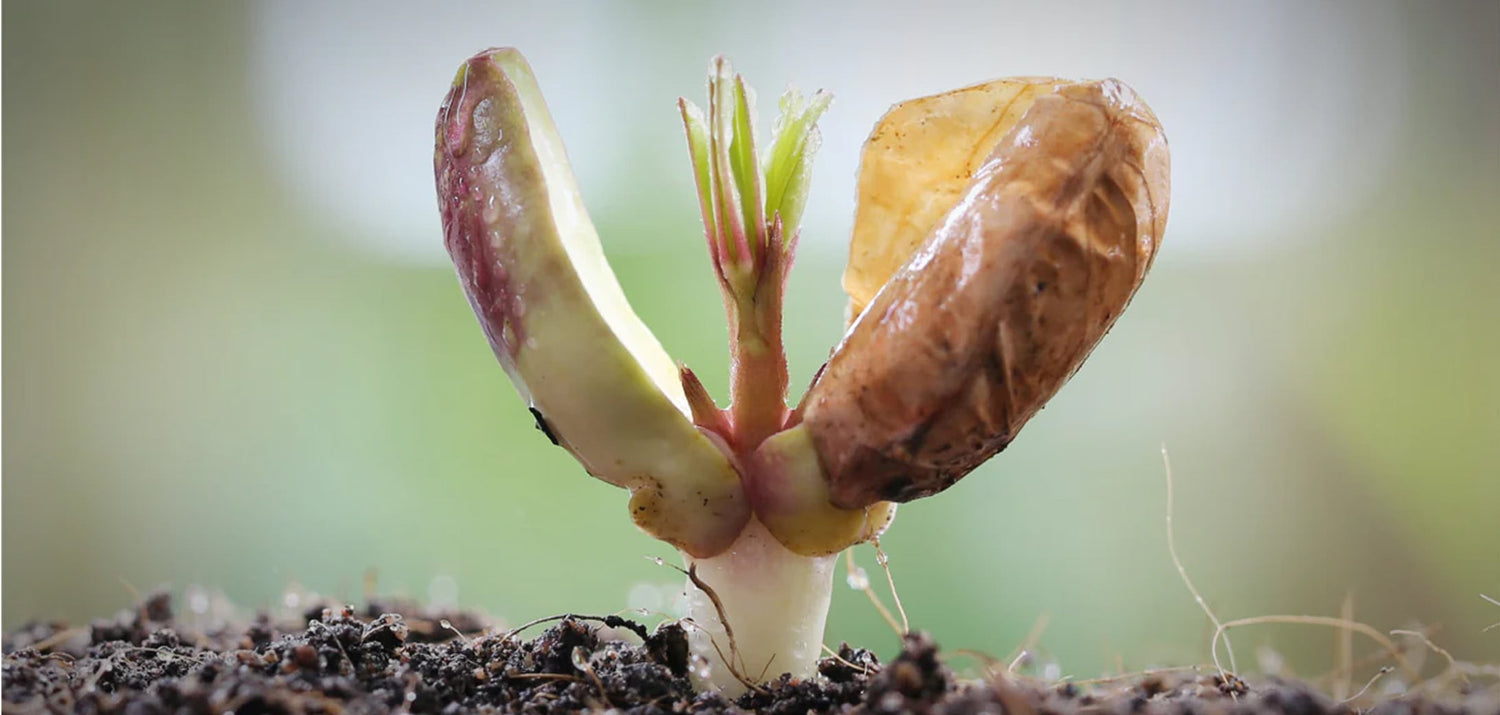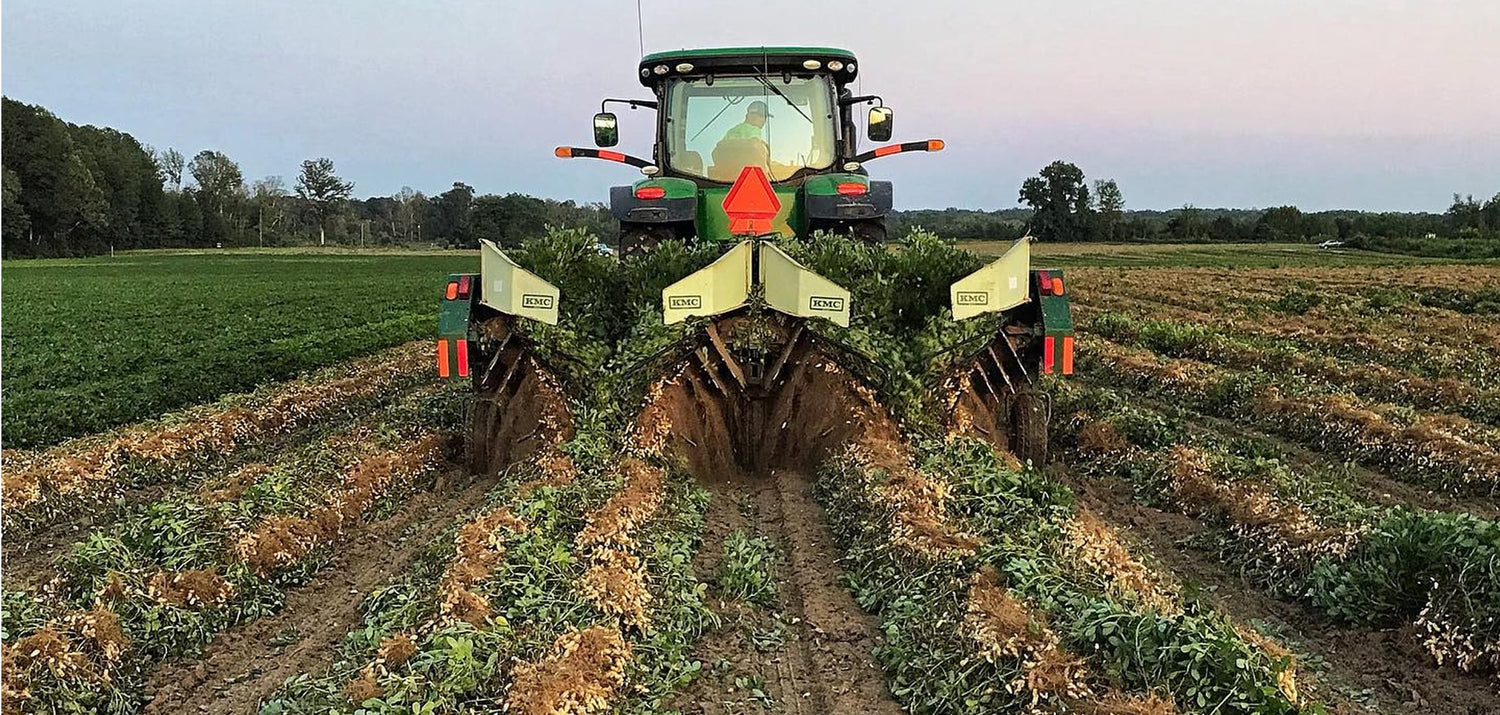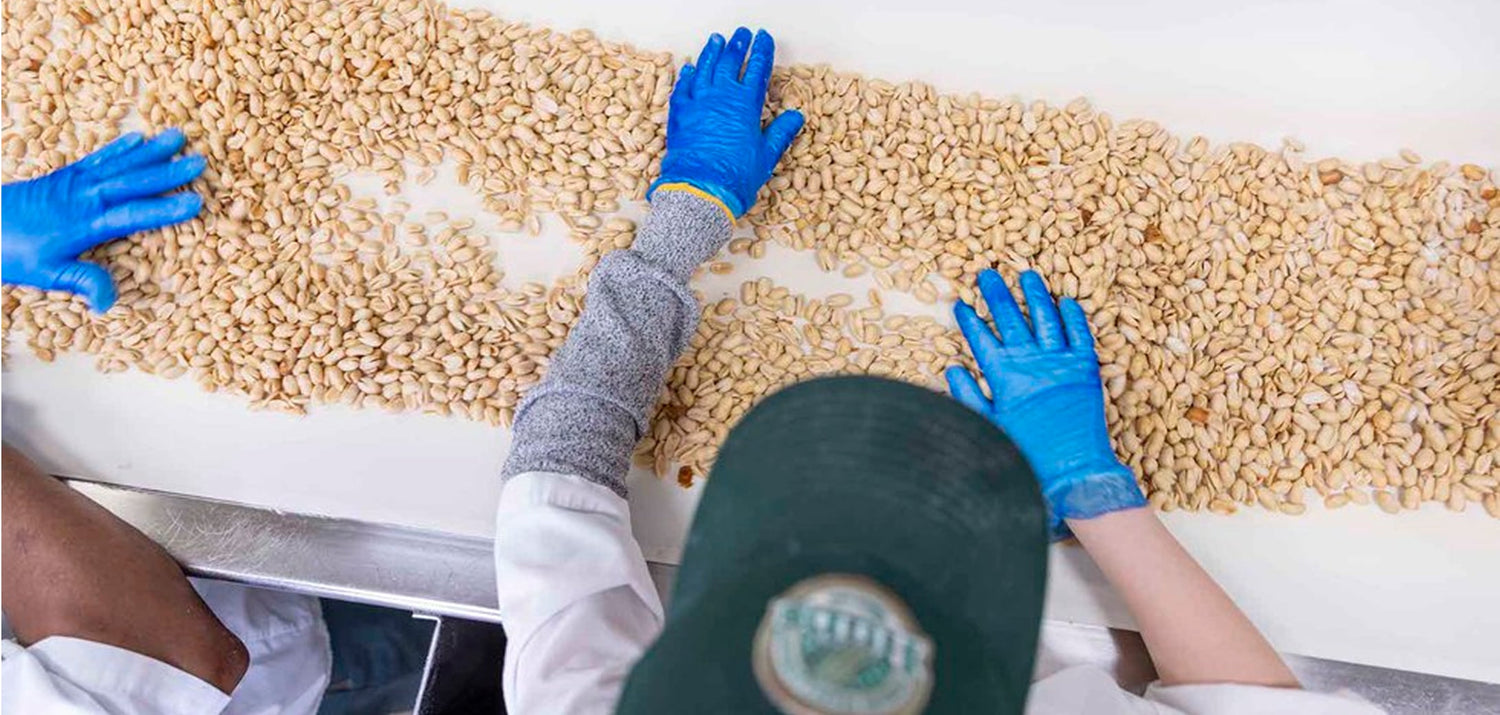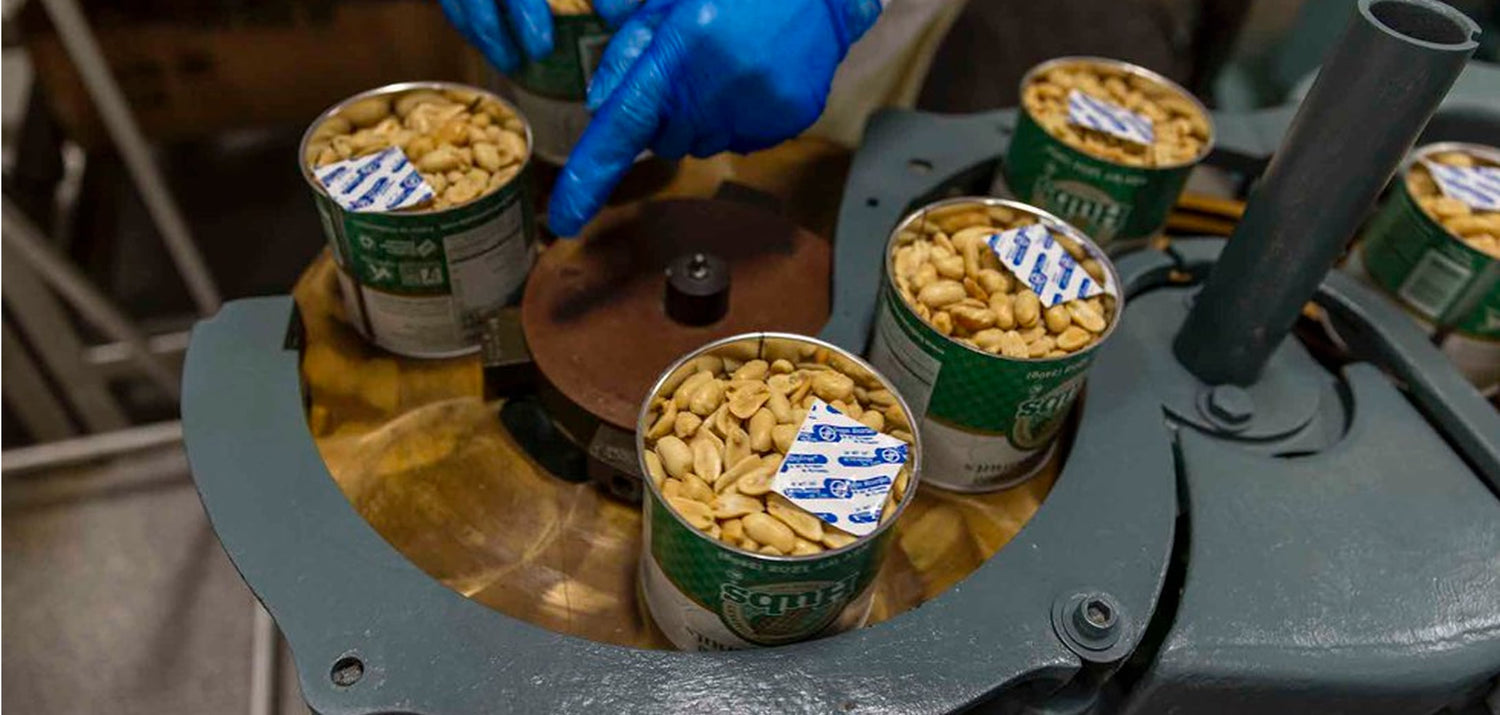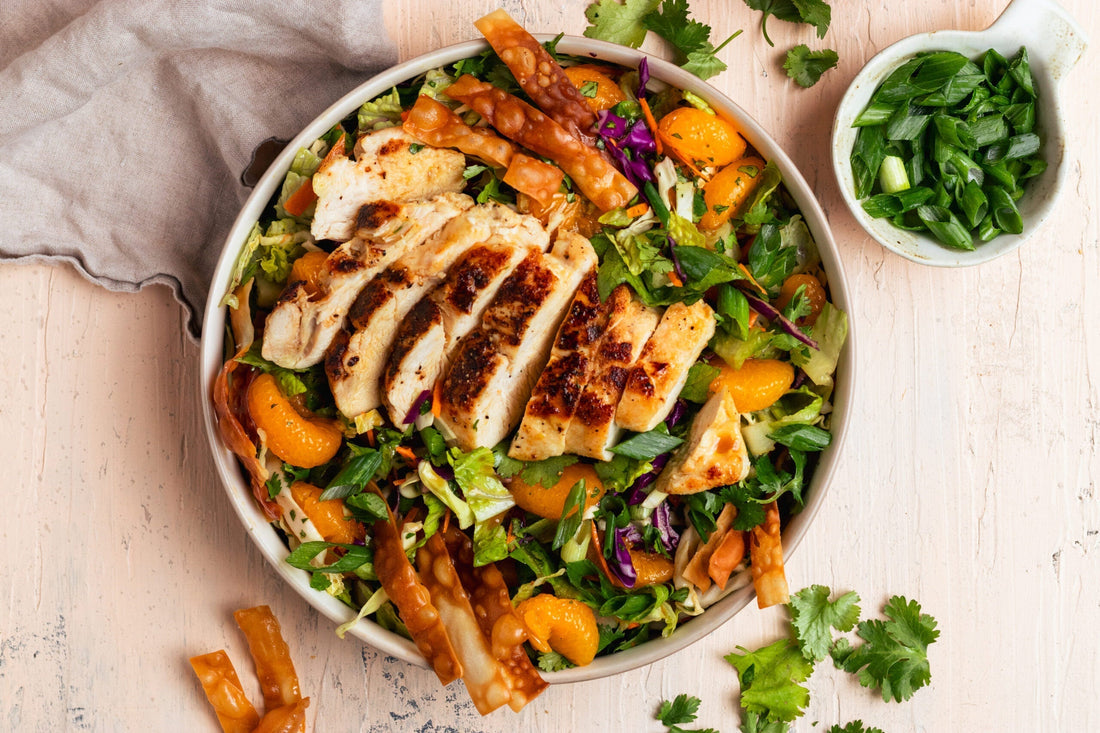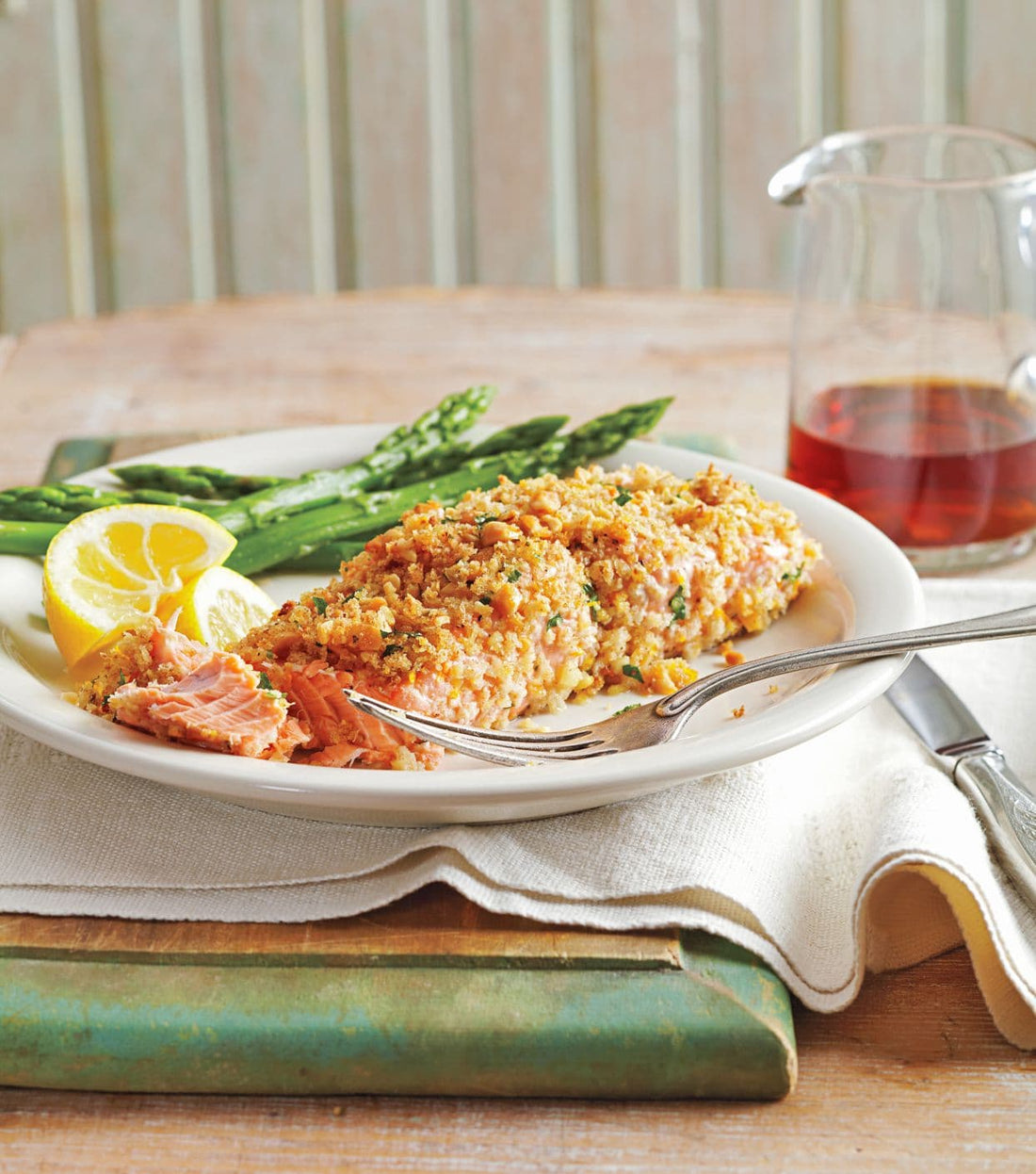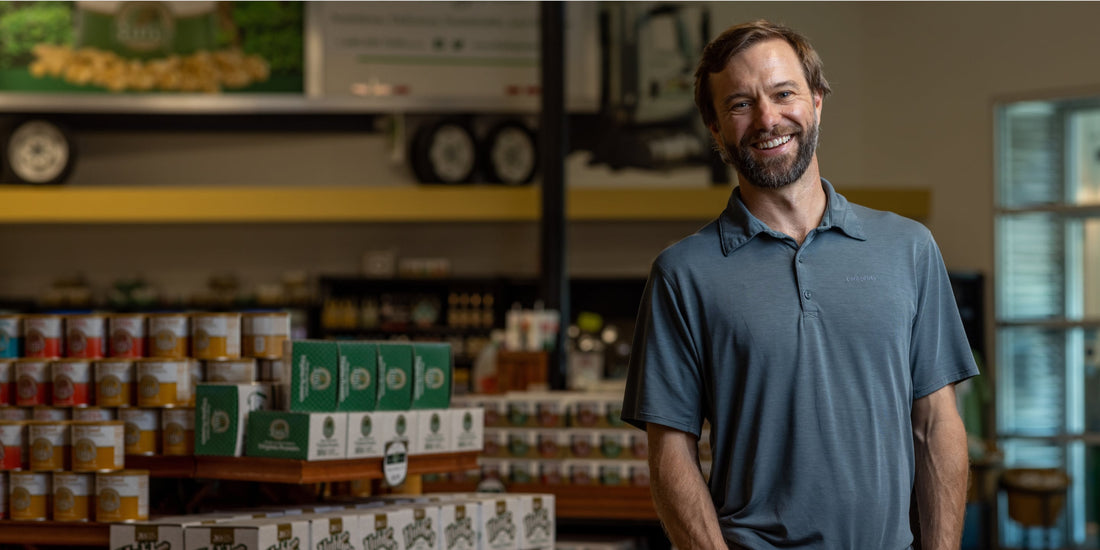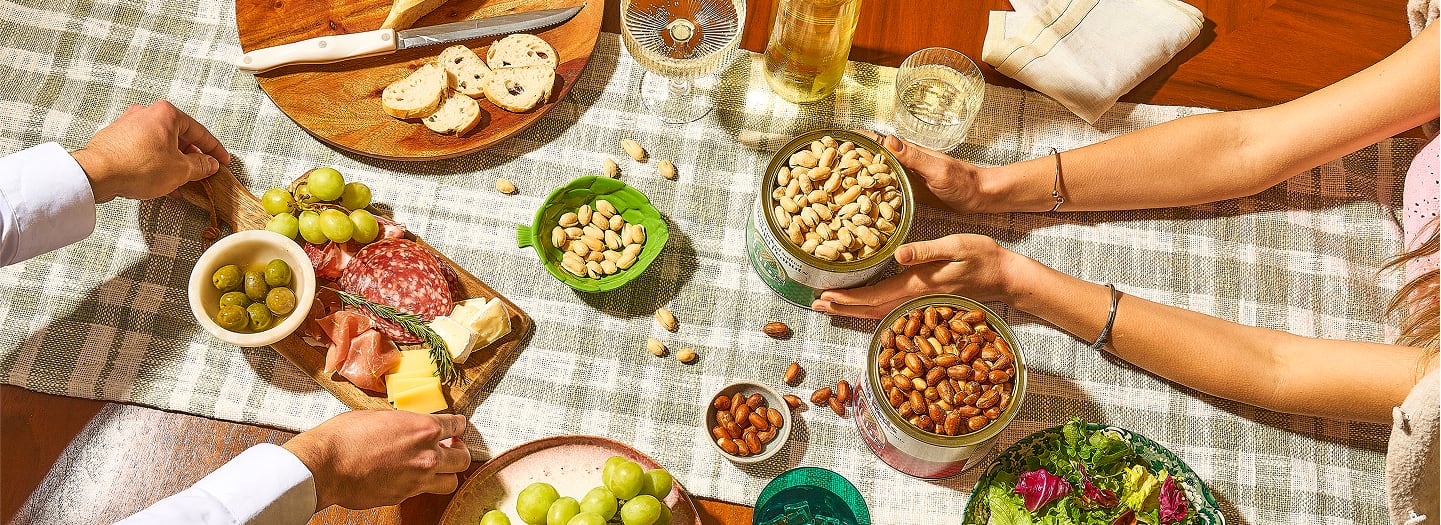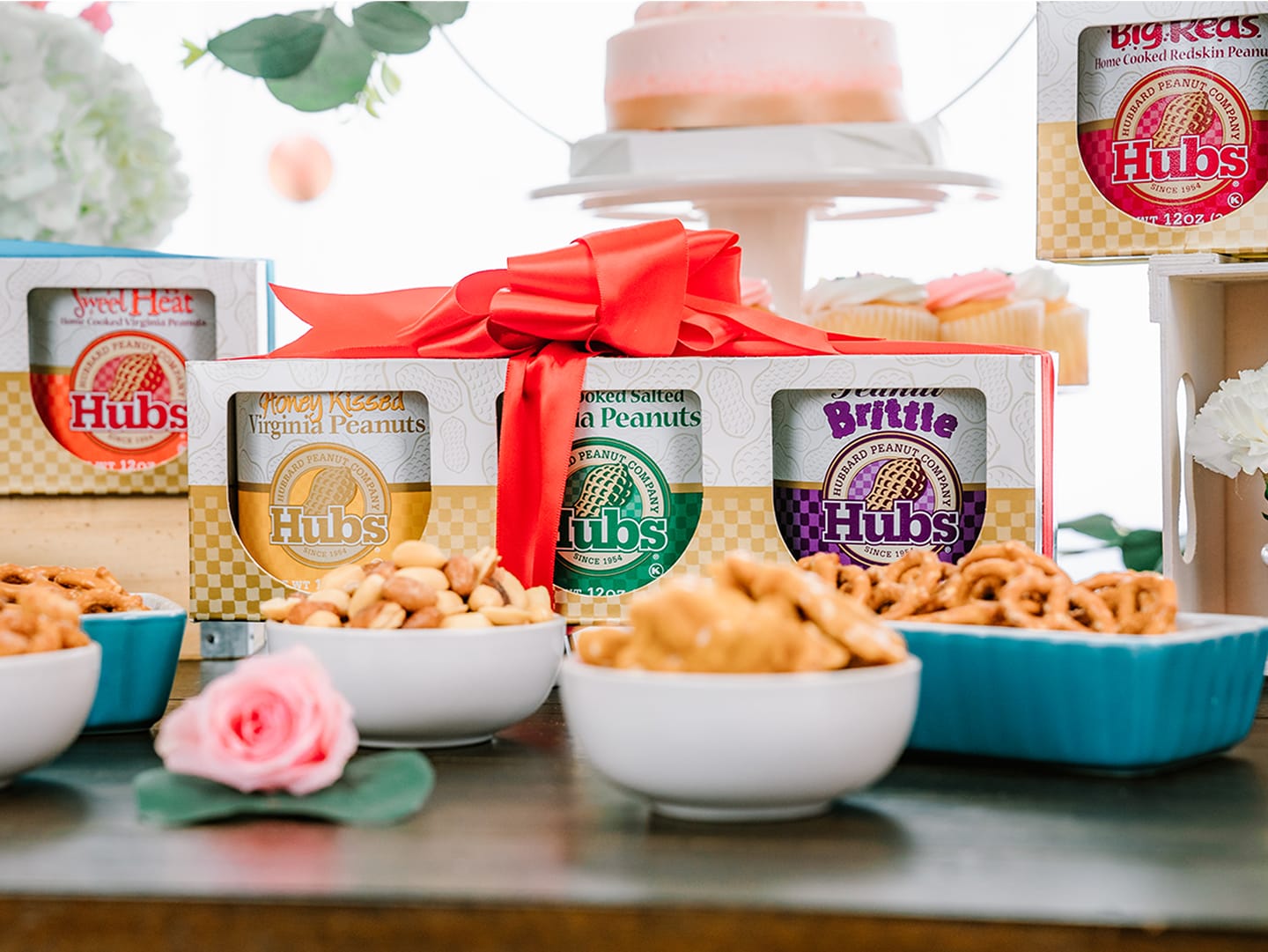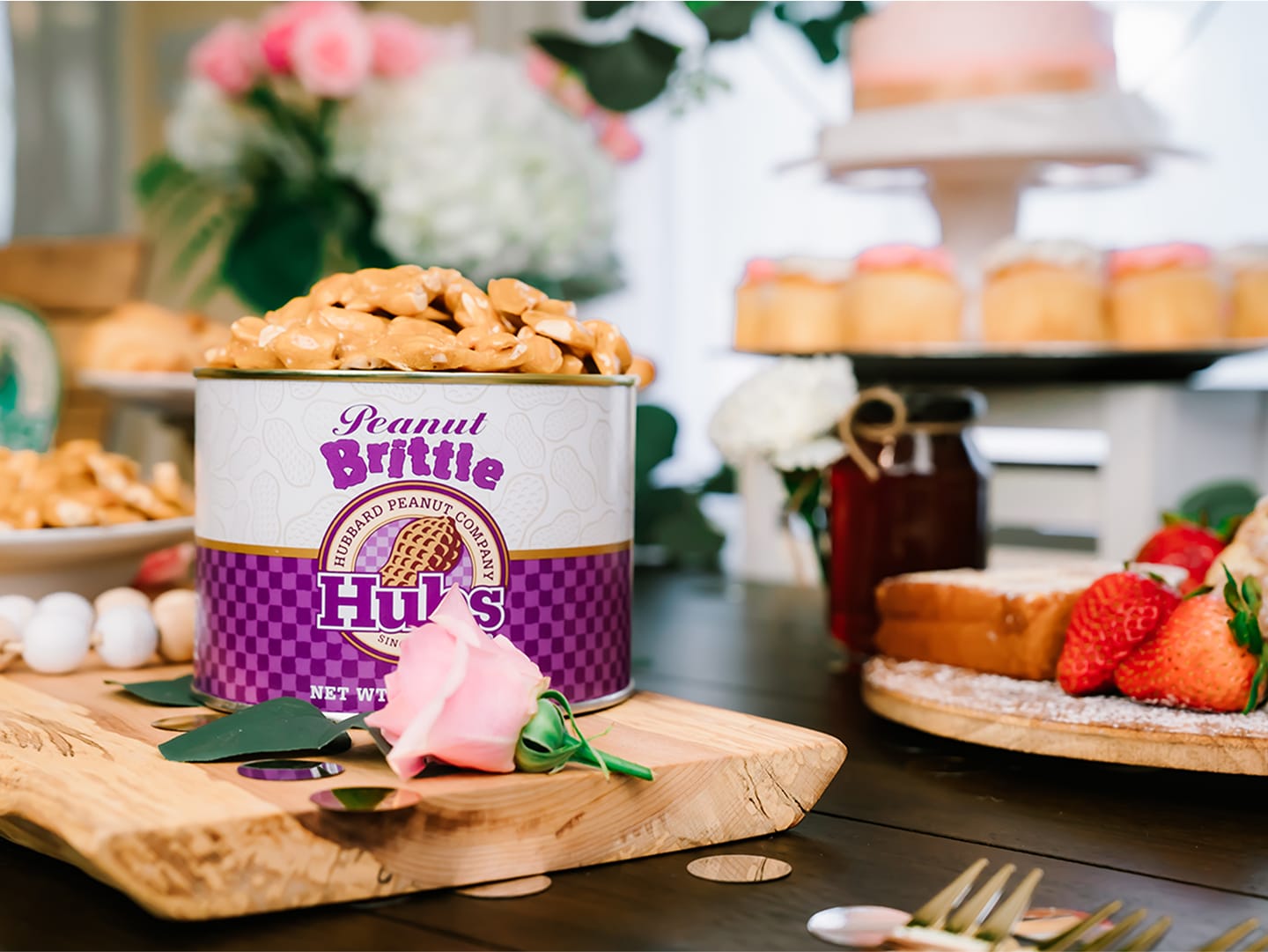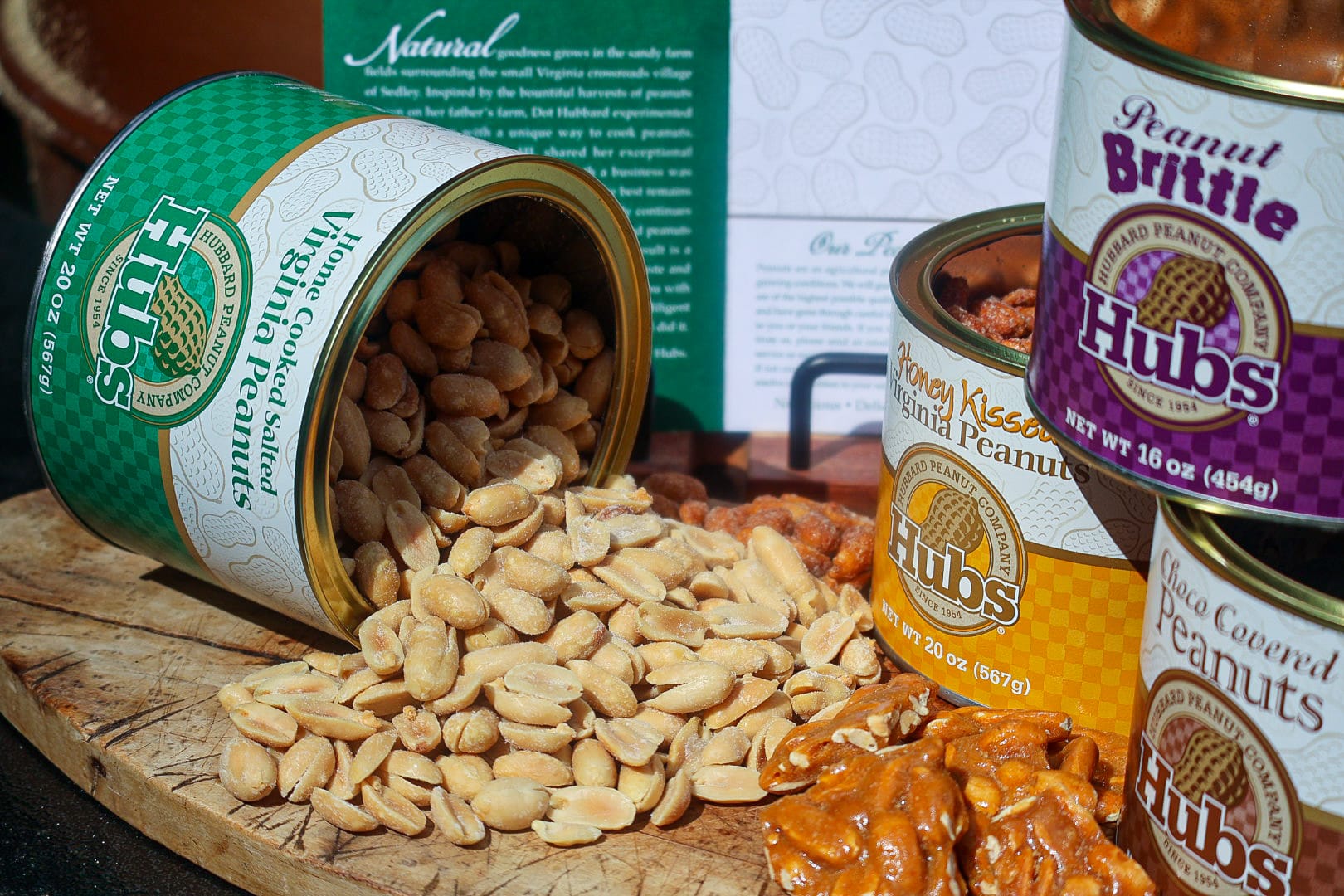
The Peanut migrated to Sedley after originating in South America where archeologists have unearthed peanut-shaped jars made by the Inca Indians of Peru. It is believed that Spanish explorers carried peanuts from Peru to Africa and Asia. Considered a valuable food by the African natives, the peanut was eventually brought to the Virginia colony aboard slave ships. Although tobacco and cotton were the leading cash crops in the South, peanuts gained more popularity during the War Between the States. Both Union and Confederate troops relied on the food value and quick energy provided by the "goober pea".
As an important scientist in the late 1800s early 1900s, George Washington Carver worked diligently to invent many uses for peanuts and their shells. Maybe even more important than his inventions was what he taught farmers about the nitrogen fixing properties of peanuts. Rather than depleting the soil of natural nutrients, thanks to Dr. Carver, farmers began rotating their crops for a more sustainable environment.
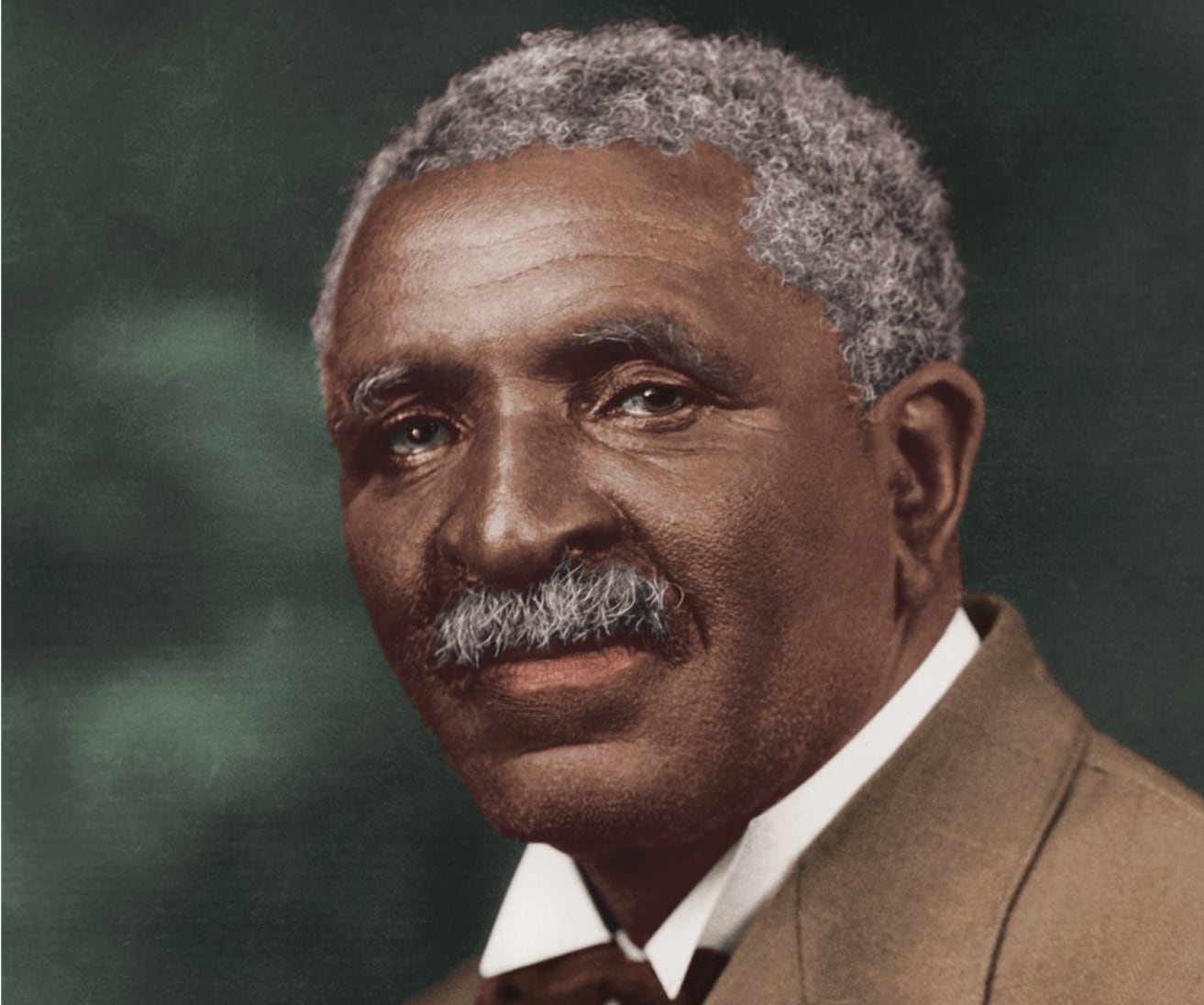
In Southampton County, right around the corner from our home in Sedley, another inventor, Benjamin Hicks, was instrumental in making life easier for farmers. He invented new gas powered equipment for separating the peanuts from the vines. For many years, Southampton County grew more Virginia type peanuts than anywhere in the USA so at the turn of the century this equipment was quite valuable to local farmers.
When Dot Hubbard set her ideas into action, Amedeo Obici had already moved Planters from Pennsylvania to Suffolk, Virginia, about 30 miles away. What made Dot's peanuts different was the water-blanching process of dipping the peanuts in water before frying them in oil. She was visited by people from Planters who told her that her process was not something that could be scaled commercially. Until 1954, when Dot began selling Hubs, no one else had been successful in the market place. She was tenacious and worked hard and today, Hubs has a place in the Virginia Science Museum in Richmond, VA.
If you need educational materials for students or teachers you may contact our friends at Virginia-Carolina Peanut Promotions. You can reach them at: Virginia Carolina Peanut Promotions, Educational Service, P.O. Box 8, Nashville, NC 27856-0008, Phone (919) 459-9977, Fax (919) 459-7396
Peanut Types
Virginia Peanuts
The largest of all peanuts, the Virginia peanut is the type used exclusively for Hubs and other gourmet snacks. It is also known as the "ballpark" peanut. Virginia peanuts account for about 15 percent of total U. S. production and are grown mainly in southeastern Virginia, northeastern North Carolina, South Carolina and West Texas. Virginias are a popular peanut used for all-natural peanut butter.
Runner Peanuts
Uniform in kernel size (which allows for even roasting), the runner peanut is most commonly used for making peanut butter. It is typically grown in the states of Georgia, Texas, Alabama, Florida, South Carolina and Oklahoma; and accounts for 80 percent of the peanuts grown in the United States.
Spanish Peanuts
Known for its red skins, the Spanish peanut has smaller sized kernels and is used predominantly for peanut candy, salted peanuts and peanut butter. Its reputation of having the "nuttiest" flavor when roasted is due to its higher oil content. Spanish peanuts are typically grown in the states of Oklahoma and Texas and account for four percent of U.S. production.
Valencia Peanuts
Having three or more kernels per shell, the Valencia has a sweet flavor and is commonly used for all-natural peanut butter. Also, they are excellent for use as boiled peanuts. Valencia peanuts are grown mainly in New Mexico and account for less than one percent of U.S. production.
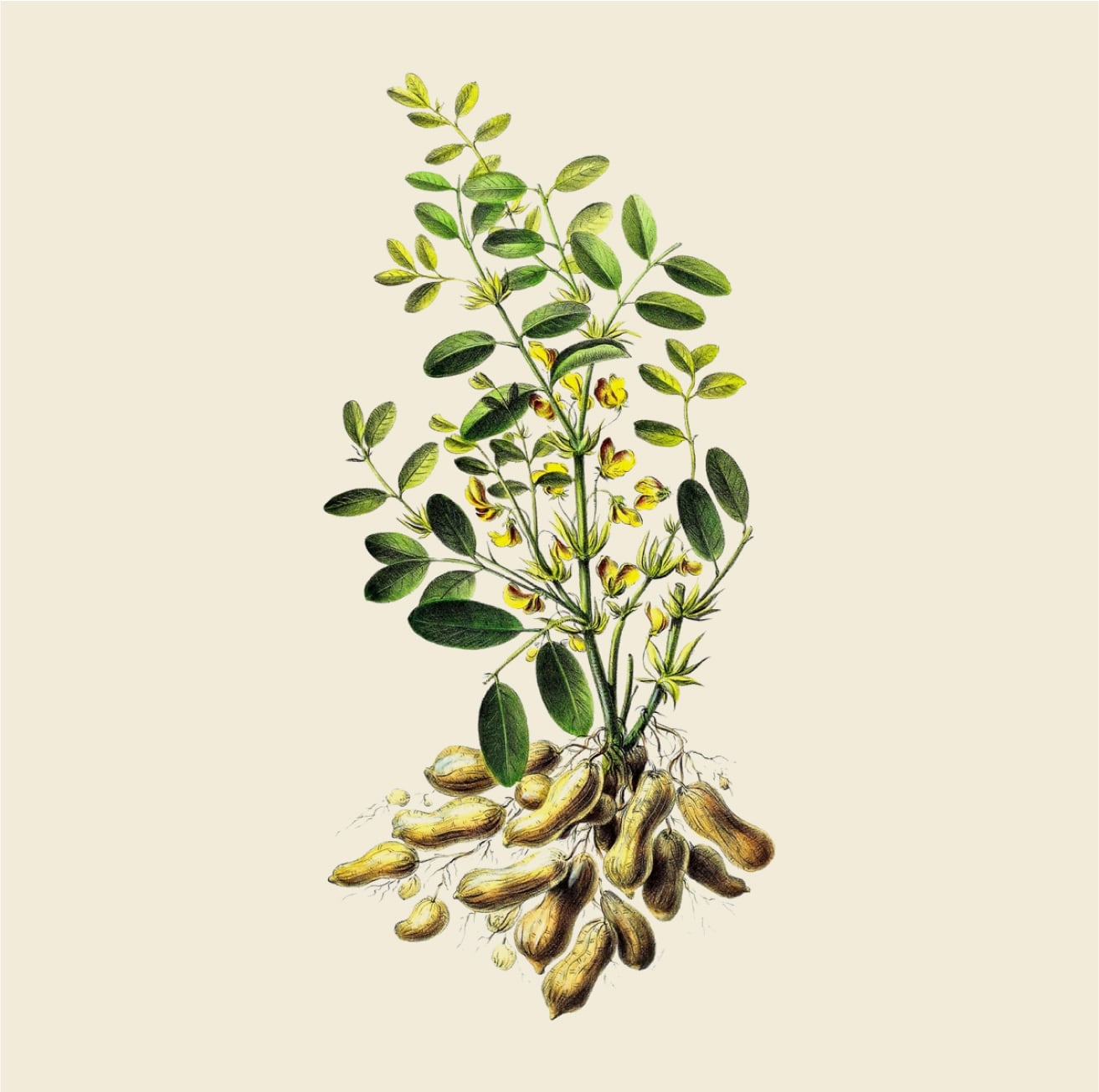
From Seed to Snack
From Seed to Snack
Over the years, many of our customers have written us with questions about HUBS and about peanuts in general. Many people are often surprised that they grow in the ground and not on trees. Peanuts are really not nuts at all, but legumes, an important rotation crop. Legumes are nitrogen-fixing plants which means they take nitrogen from the air and convert it into nitrogen compounds or plant nutrients in the soil.
In a Nut Shell
Caribbean Chicken Salad with Peanuts
Ingredients 1 head romaine lettuce, torn in pieces 1/2 cup sliced green onions 1 cup shredded grilled chicken 1 papaya, halved, seeded, peeled and sliced 1 cup raspberries 1/2 cup Hubs Salted Peanuts For Chutney Dressing ½ cup Hubs Salted Peanuts Mayonnaise ¼ cup chutney 2 tablespoons of sugar 2 tablespoons raspberry vinegar 1 teaspoon curry powder Directions To make salad dressing: combine 1/2 cup each peanuts and mayonnaise, 1/4 cup chutney, 2 tablespoons each sugar and raspberry vinegar, and 1 teaspoon curry powder in a blender or food processor blend until smooth. Set dressing aside. Toss lettuce with green onions and divide among 4 serving plates. Top with chicken, papaya slices and raspberries; sprinkle with peanuts. Serve with Chutney Dressing. Makes 4-1/4 cup servings
Hubs Peanuts Encrusted Salmon
Ingredients 4 Salmon Fillets (4-5 oz each) 4 tablespoons Dijon Mustard 2 tablespoons Peanut Butter 1/2 cup Hubs Salted Peanuts, crushed coarsely 4 tablespoons Panko 1/2 teaspoon Rosemary 1 tablespoon Olive Oil Directions Preheat the oven to 375 degrees F. In a bowl, combine Dijon mustard and peanut butter. Mix well. In another bowl combine crushed peanuts, panko and rosemary. Mix well. Spread peanut butter mixture and peanuts mixture on each salmon fillet. Spinkle minced parsley on top and place salmon fillets on a lightly greased baking pan. Pour olive oil over salmon fillets and bake for 20-25 minutes.
How a Third-Generation Entrepreneur Is Helping his Family's Peanut Business Grow and Adapt for the Future
"As a leader of his family's business, the Hubbard Peanut Company (also known as Hubs), Marshall Rabil recently introduced a new product that not only supports a small farmer but delivers a unique product to the consumer. Hubs Single Origin Redskin Peanuts were sold exclusively on the Hubs website and quickly sold out." Read More on NationalPeanutBoard.org » - How a Third-Generation Entrepreneur Is Helping his Family's Peanut Business Grow and Adapt for the Future
